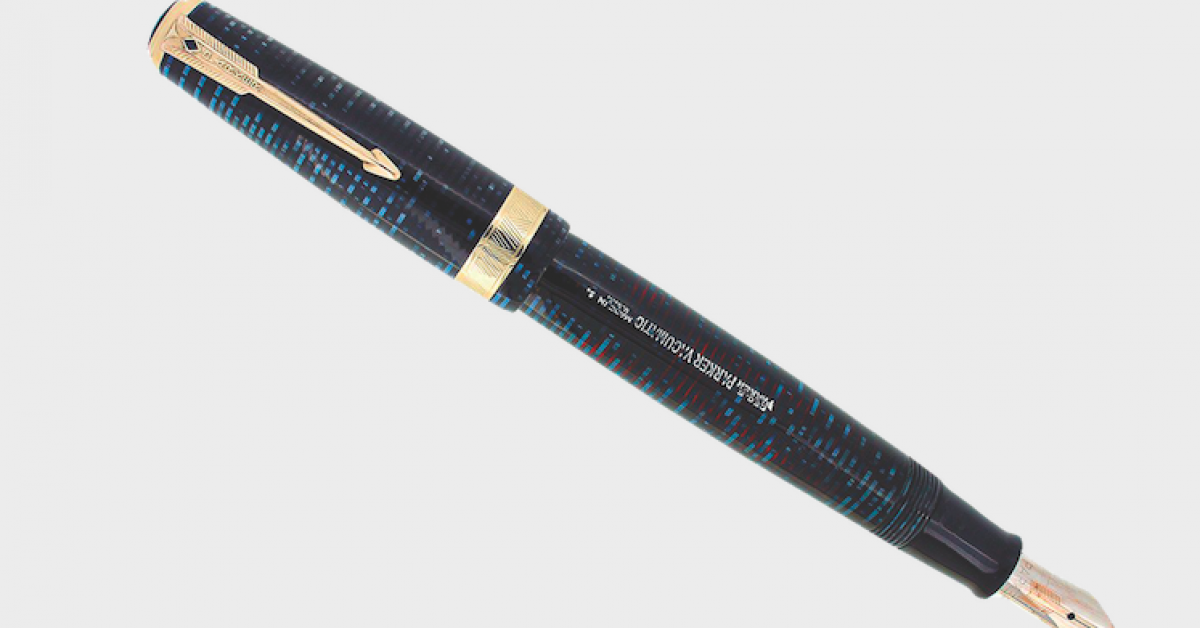Philip Syng was a renowned silversmith, the eldest of three sons trained by his namesake father. The Irish family emigrated to the United States in the early 1700s, where the junior Syng established a successful business creating fine works in silver and sometimes gold for wealthy Pennsylvania families.
Syng made the inkstand that held the quill the Founding Fathers used to sign the Declaration of Independence and United States Constitution. The quill is gone; the inkstand remains among the few items of memorabilia left from the historic occasions.
It’s a reminder of the importance of signatures, notably the large script of John Hancock, then the president of Congress and the document’s first signee. His writing style was so prominent, Hancock’s name is synonymous with an autograph.
Presidential legal document signing is now a symbolic White House ritual, footage for network television cameras. Presidents sign documents using their favorite pens, often made by Montblanc and A.T. Cross. Former President Trump dispatched the fountain pen tradition and used a Sharpie marker.
The importance of using a proper pen—fountain, ballpoint, roller and gel—is in a resurgence. A.T. Cross, Montblanc, LAMY and Parker remain fountain favorites in a $2.8 billion industry, according to Technavio, the international market research firm.
“There’s a very large group of young men very active on the internet chatting about fountain pens,” says Sheryl Sashin, owner of Arabesque, the stationery and gift shop in Naples. “They’re very knowledgeable when they come into the store. There’s just a whole lot of interest.” The collective passion for writing instruments among vintage pen collectors may outdo new pen buyers’ enthusiasm.
“It sounds crazy, but there’s at least one fountain pen convention somewhere in the
country every month of the year,” says Greg Schiek, CEO of Antique Digger in Fort Myers and Naples. “When I go, there’s anywhere from 70 to 400 vendors. You can find a pen from $5 to $55,000.”
Here’s to perfecting your John Hancock with several fountain pen selections.
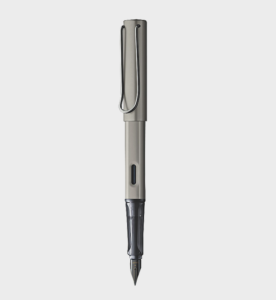 Lamy
Lamy
The Safari is a starter fountain pen with a steel nib, offered by a German company founded by Josef Lamy in 1930. He was a pioneer in the use of molded synthetic plastics.
“They are great workhorses, and a lot of people start with it and work their way up,” says Sashin. “It’s going to write the day it’s born to the day it dies exactly the same way.” $49
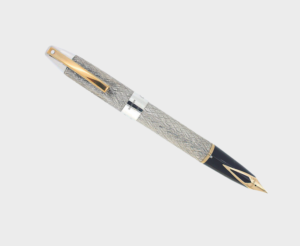 Sheaffer
Sheaffer
With its cigar-shaped profile, the Sheaffer Legacy has a 23-karat gold-plated finish and trim. It also has a deep-etched engraved chevron pattern favored by Art Deco enthusiasts.
The fine or medium width nib is 18-karat gold, and the Legacy includes one blue and one black cartridge. Sheaffer, which began in 1913 in Iowa, is among the most popular American-made pens among collectors.
“Shaeffer has the Masterpiece, and it’s an all-gold pen, whether it’s a 9-karat gold pen, 14-karat, 18-karat or 24-karat,” says Schiek. “The Masterpiece Balance, for example, started in 1929 and kept on going to about 1941. They’re extremely rare, about $6,500- $7,500, and if you can find a collector who will let them go.” $475
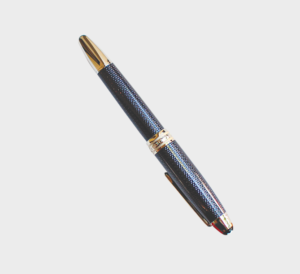 Montblanc
Montblanc
Everyone knows the enduring status symbol of fountain pens. The Starwalker Precious Resin features a 14-karat gold nib with a rhodium finish, a platinum-coated clip and a black barrel and cap. It’s straightforward, handsome and basks in the traditions of the enduring brand founded 115 years ago in Hamburg, Germany.
“People who come into the store for a Montblanc generally want a Montblanc,” Sashin says. “They’re not interested in looking at anything else. They have decided that’s the status symbol they want to purchase.” $500
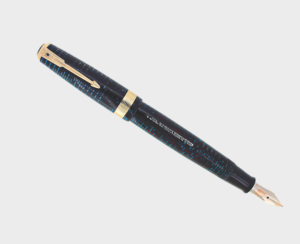 Parker
Parker
The current Parker 51 retains the same name as arguably the most well-known fountain pen in history. It launched in 1941 with a signature hooded gold nib. Available in Core and Deluxe styles, the Deluxe features an 18-karat gold nib; the Core’s nib is steel. The Deluxe cap is solid brass with a chiseled gold finish versus a stainless-steel cap.
The original Parker 51, first made more than 50 years after the Wisconsin-based company started, is one of the most collectible pens in history. “If I showed you a double-jeweled Parker 51 in gray, it might be a $250 pen,” says Schiek. “But if I showed you the same type of pen and it’s Nassau green, that is a $700 pen.” $248



